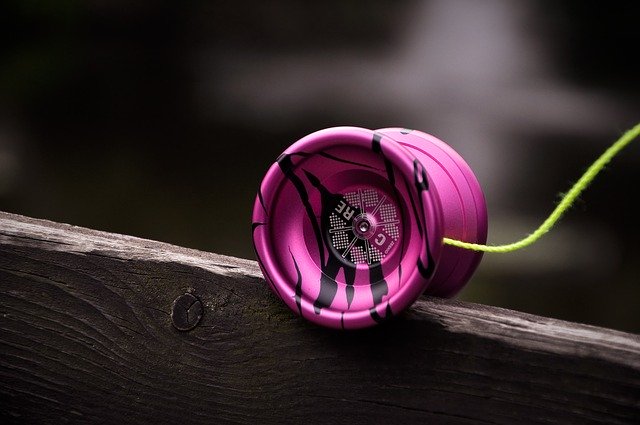
The yo-yo is one of the most popular toys of all time. It was first invented in ancient Greece and made even more popular in the 1920s. Today, yo-yoing is more than just a pastime, it has become an important part of contemporary culture. Yo-yo competitions are popular all over the world where yo-yo experts can strut their latest tricks.
The basic yo-yo typically consists of an axle connected to two disks with a length of string looped around the axle. It can be made from a variety of materials including wood, metal, and plastic. Some fancy yo-yos are even equipped lights making them popular among children.
Apart from being toys, some yo-yos, particularly antique and rare models, are also highly coveted among collectors. Whether selling, trading or shipping as a gift, yo-yos must be properly packed to protect it from damage during transit. Here are some tips on how to pack and ship a yo-yo.
Yo-yos are best shipped assembled. Disassembling a yo-yo means packing several small pieces which creates a greater risk of things falling on the floor or getting lost when the box is opened. Shipping in one piece also eliminates the tedious task of re-assembly as well as unnecessary wear and tear on the parts.
Completely wind the string around the axle, leaving just the slip knot exposed. Place in a clear plastic bag to protect it from the elements. Bubble wrap the entire yo-yo, making sure that all parts are covered and well padded. Use tape to keep the wrap in place.
Place the wrapped yo-yo inside a small box with packing materials all around. Crumpled paper, shredded paper or bubble wrap can be used to fill bottom, sides and top of the box to keep the yo-yo nestled and immobile in the center of of the package. Avoid shipping a yo-yo in a padded envelope as it will not protect the item from damage due to falls of from getting crushed if heavier packages were stacked on top of it.
When shipping multiple yo-yos in one package, bubble wrap each item individually before placing it in an appropriately-sized box. Fill the box with sufficient packing materials to prevent them from moving and colliding into each other.
Close the box and seal with packaging tape. Address and label the package before bringing to the post office or shipping company.
